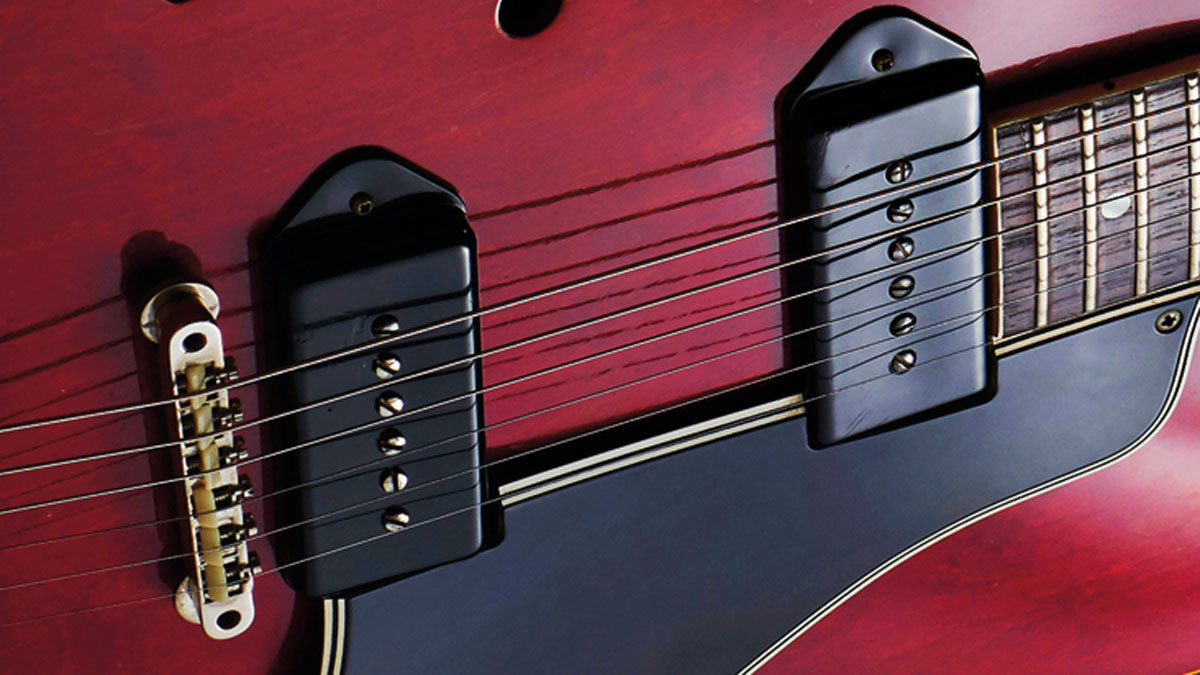
Introduction
Gibson’s ES-330 stands apart from the rest of the ES series like the 335, 345 or 355. Introduced in 1959, the 330 is a full hollowbody guitar, as opposed to its companion models that feature a solid centre block.
But the differences don’t end there, as the 330’s neck joins the body at the 16th fret, as opposed to the 335, which joins at the 19th - at least, it did until 1969, when Gibson bowed to the weight of opinion among 330 players who felt that their upper fretboard access was impeded and put matters right by rejigging the neck joint to bring it in line with the rest of the range.
Among the players who have succumbed to the 330's charms are Radiohead’s Thom Yorke and The Smiths’ Johnny Marr
The 330 also featured two P-90 pickups, as opposed to the 335’s humbuckers. As rock ’n’ roll took its hold on music’s landscape and volume levels increased significantly, the 330’s tendency to feed back became apparent.
When we spoke to Jethro Tull’s Martin Barre recently, he recalled buying a 1961 Gibson ES-330 330 in 1961 or ’62 for the princely sum of £175: “As soon as the blues started rearing its head and people turned their amps up, it just didn’t work. It howled!”
However, the 330 has had its admirers. Among the players who have succumbed to its charms are jazzers Grant Green and Emily Remler, as well as Radiohead’s Thom Yorke and The Smiths’ Johnny Marr.
The model was discontinued in 1972, but has enjoyed the occasional reappearance in the Gibson Custom Shop’s catalogue since.
Our model here is from 1961, a year before the P-90s’ plastic covers were replaced by the chrome variety. Judging by the obvious wear to the fretboard, this particular model has been well played during its 55-year lifetime - but, looking at the practically unmarked body, it’s possible to assume that it has been well loved, too.
(Guitar courtesy of Vintage Guitar Boutique, London.)
Guitarist is the longest established UK guitar magazine, offering gear reviews, artist interviews, techniques lessons and loads more, in print, on tablet and on smartphones
Digital: http://bit.ly/GuitaristiOS
If you love guitars, you'll love Guitarist. Find us in print, on Newsstand for iPad, iPhone and other digital readers






